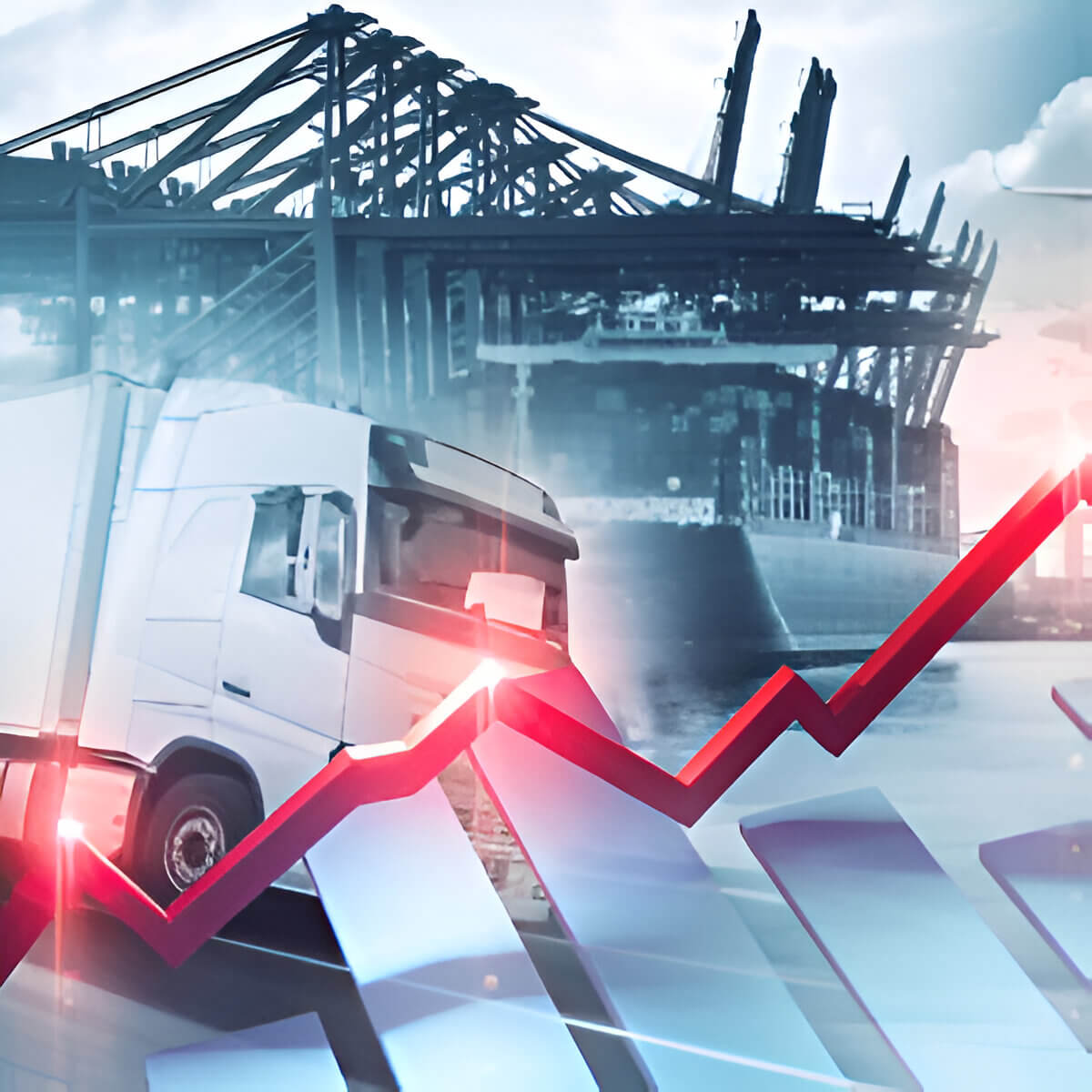The success of a business in the modern world is highly dependent on its ability to manage its supply chain. This is particularly important during challenging economic times when businesses must remain agile and flexible in their operations to stay afloat. A 3PL (third-party logistics) provider can offer significant value to companies looking to improve… Continue reading Using a 3PL for Challenging Economic Times
